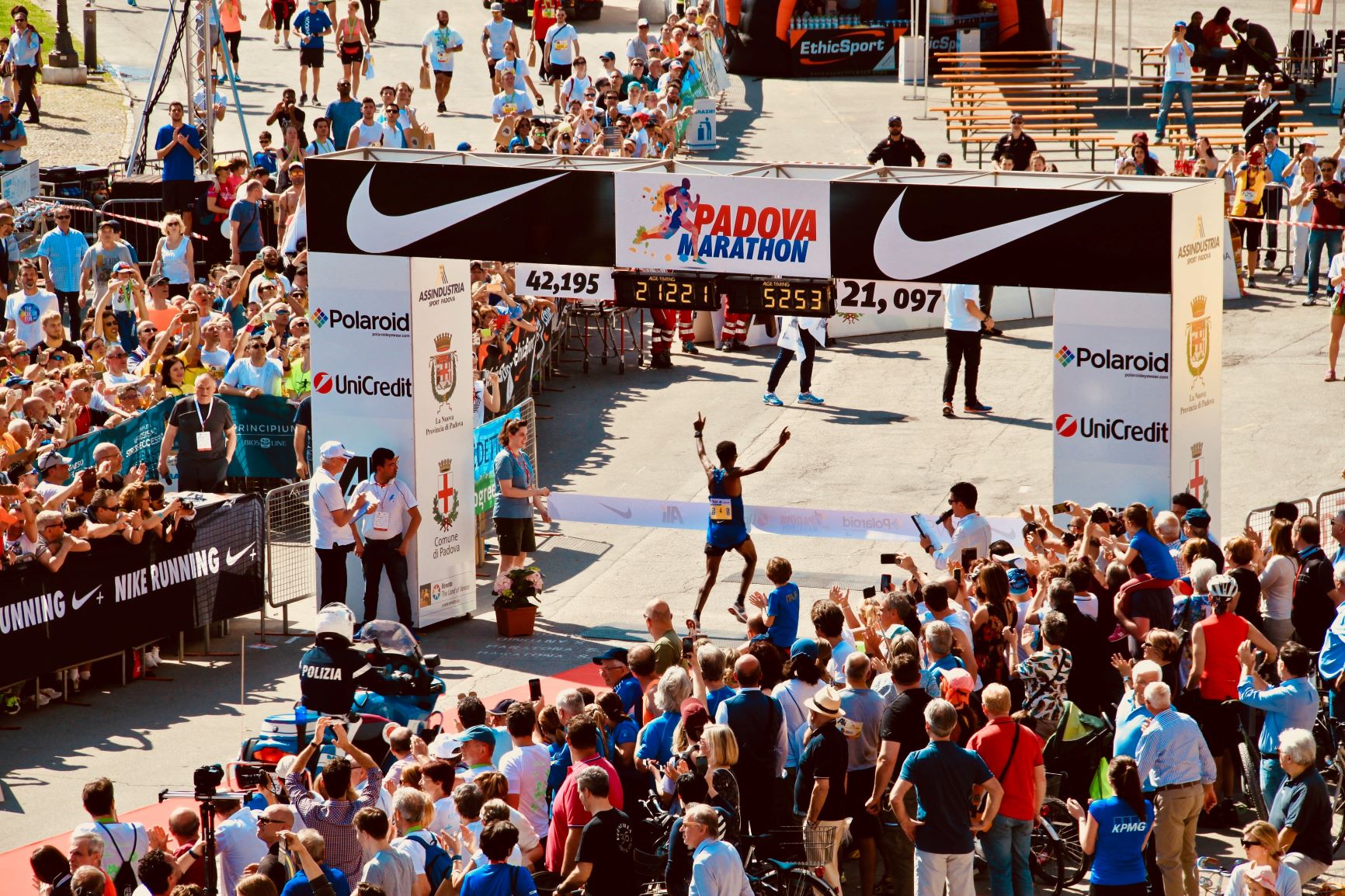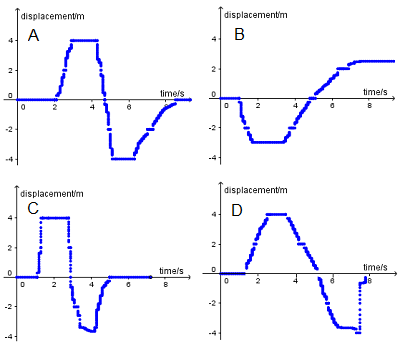 We all know that when we move, we cover a distance. Distances are part of our daily lives in getting around school, playing sport and travel. But what if we walk in a complete circle? We've moved through a distance but overall have returned to where we started.
We all know that when we move, we cover a distance. Distances are part of our daily lives in getting around school, playing sport and travel. But what if we walk in a complete circle? We've moved through a distance but overall have returned to where we started.
This page will show how to add vectors, or to resolve a vector into two perpendicular components. You might need to revisit Pythagoras and trigonometry first.
Key Concepts
Distance is a scalar quantity and displacement is a vector quantity.
 Displacement is a vector quantity, which means it has magnitude and direction, unlike its scalar equivalent distance (see Vectors). This makes it possible for a body to move through a distance without having an overall displacement.
Displacement is a vector quantity, which means it has magnitude and direction, unlike its scalar equivalent distance (see Vectors). This makes it possible for a body to move through a distance without having an overall displacement.
Displacement should be represented by an arrow, not just a line. Defining a positive direction is also important. Let's say that up and right are positive directions; a displacement down and to the left would have a negative value.
A 2-dimensional displacement can be represented by vectors. Added nose to tail, the original vector is the resultant.
It is possible to resolving (split) a displacement vector into horizontal and vertical components. This is a useful technique when horiztonal and vertical motion can be treated independently, such as Projectile motion.
This Geogebra animation demonstrates how we can represent the motion of a particle using a displacement-time graph to show how the gradient and sign of the line relates to the direction and velocity of the particle.
How much of Distance and displacement have you understood?




 Twitter
Twitter  Facebook
Facebook  LinkedIn
LinkedIn